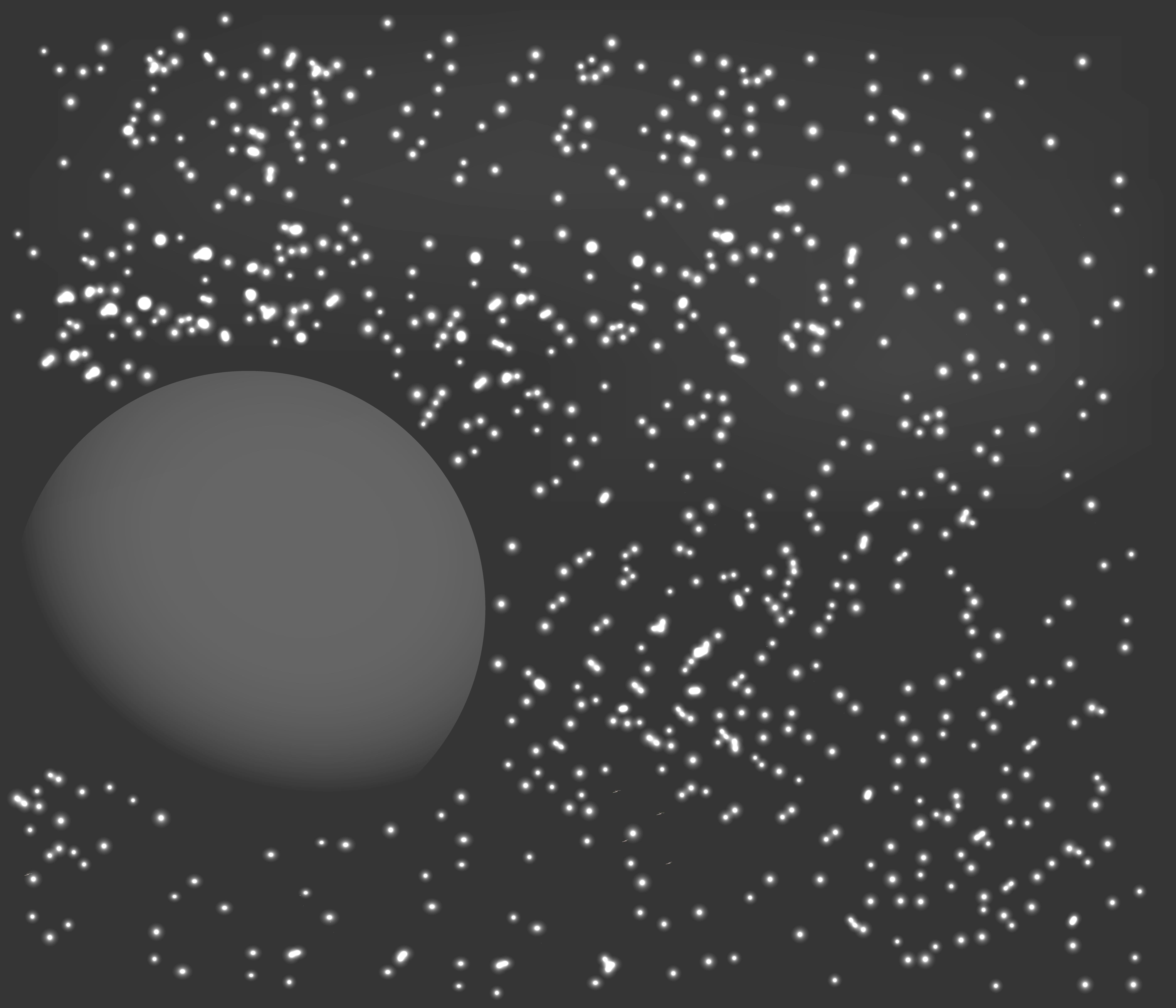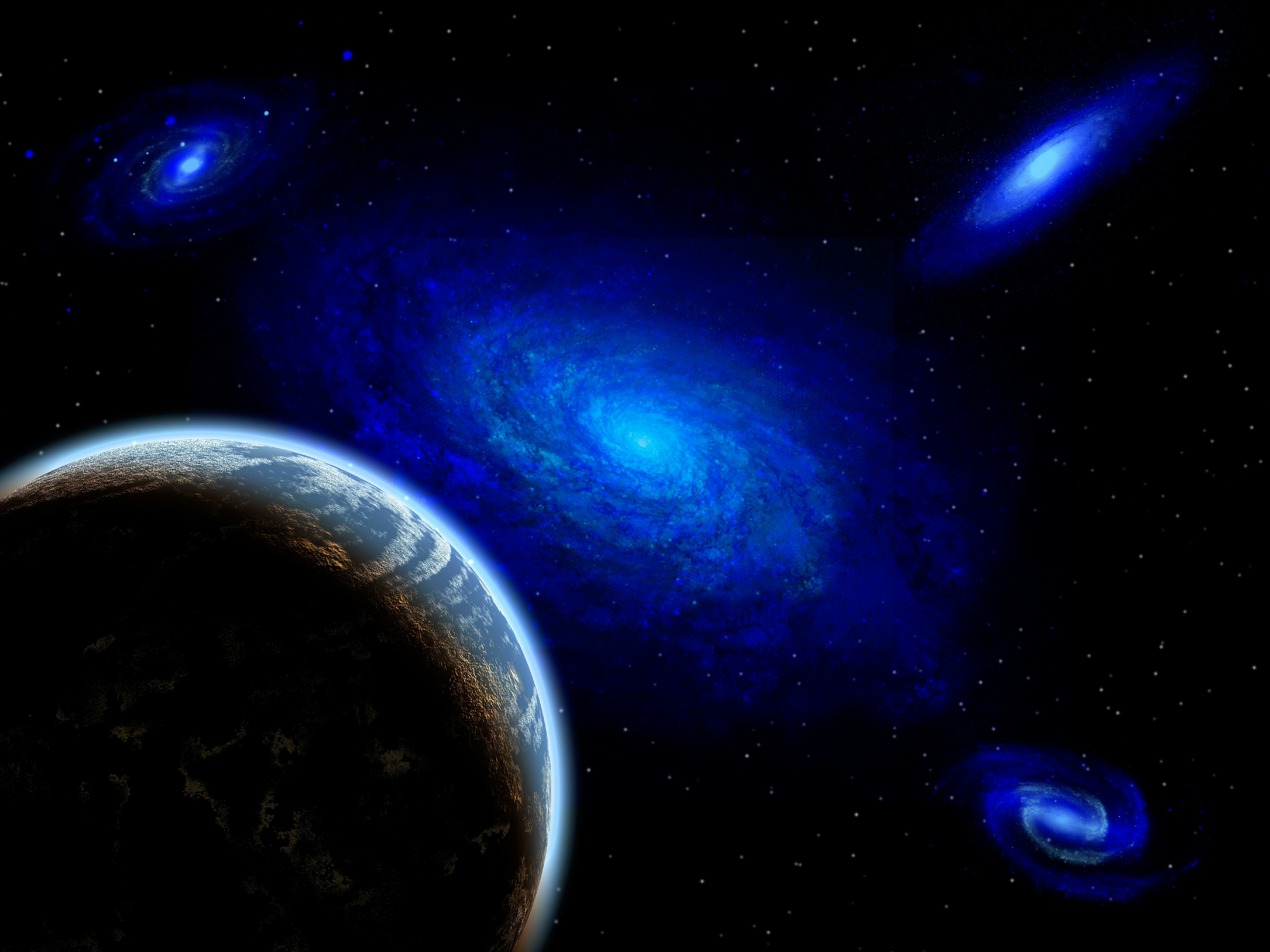
Scientists have found what appear to be rogue planets hidden in old survey data. Their results are starting to define the poorly-understood rogue planet population. In the near future, the Nancy Grace Roman Space Telescope will conduct a search for more free-floating planets, and the team of researchers will develop some methods that will aid that search.
Planets are typically part of a planetary system and are gravitationally bound to their star, or stars in the case of a binary star. Planets can migrate toward and away from their star when conditions are right, but they stay bound to the star, even if separated by a vast distance. But sometimes, a planet is kicked out of its system due to a supernova explosion, a stellar interloper, or some other event. And in some cases, a planet can form on its own outside of any solar system. These are rogue planets or free-floating planets (FFPs.)
But the FPP population is poorly understood. The reason is fairly obvious: space is extraordinarily dark, and without a nearby star and its light, there’s no easy way to see these objects. But that doesn’t mean they’re not there, and it doesn’t mean there’s no way to find them. It just means it takes a lot of effort.
From 2006 to 2014, Japanese and New Zealand scientists teamed up to perform the Microlensing Observations in Astrophysics (MOA) II Gravitational Microlensing Survey. The survey was aimed at the Milky Way’s bulge and the Magellanic Clouds and studied dark matter, exoplanets, and stellar atmospheres. Though it finished in 2014, scientists working with the data have found more FFPs.
The team of scientists published their findings in their paper “TERRESTRIAL AND NEPTUNE MASS FREE-FLOATING PLANET CANDIDATES FROM THE MOA-II 9-YEAR GALACTIC BULGE SURVEY.” The lead author is Naoki Koshimoto, a researcher at NASA’s Goddard Space Flight Centre. The paper hasn’t been peer-reviewed yet.
Universe Today readers have probably heard of the more familiar gravitational lensing. It uses the mass of a foreground object to distort, magnify, and brighten the light from a background source. Massive objects like galaxy clusters act as the foreground gravitational lens to observe extremely distant and ancient objects like galaxies. But gravitational microlensing is different.
Microlensing uses a much smaller foreground object as the lens, either a planet or a star, and in this case, the lens is the object being studied, and the background object is the light source. This has important implications for the method. In gravitational lensing, the lens is massive enough that telescopes like the Hubble can resolve the displaced light. That’s not possible with microlensing because the lens is so much less massive. Instead, gravitational microlensing relies on light curves.

Instead of the foreground and background objects being aligned for long periods of time, as in the case of galaxy clusters and galaxies, the smaller lens in microlensing lines up with the background object for much shorter periods of time. As the foreground object, in this case, a planet passes in front of the background star, which acts as a sort of flashlight, the planet briefly magnifies the light, creating a detectable light curve. It’s sort of akin to the transit method of exoplanet detection, where things briefly line up for fruitful observations. But in the transit method, the light dips, while in microlensing, the light brightens.
The duration of the microlensing event is determined by the mass of the foreground lensing object, in this case, an FFP. In simple terms, a shorter-duration microlensing event means a smaller planet and a longer-duration event means a larger planet. For a terrestrial mass planet, it lasts less than an hour.
The MOA II Survey generated an enormous amount of data, and the authors developed a method of combing through all that data to find what is called FSPLs or Finite Source and Point Lens events. Up until now, astronomers have discovered seven FSPLs that could be planets, with just one of them having a terrestrial mass. “Among these seven known FFP candidates, only OGLE-2016-BLG-1928L has a terrestrial mass,” the authors write.
The language gets a bit unclear, but OGLE-2016-BLG-1928L can refer to both the microlensing event and the planet, while OGLE-2016-BLG-1928Lb is the name of the planet. As the planet’s name suggests, OGLE-2016-BLG-1928Lb was discovered in 2016 in another observing project called the Optical Gravitational Lensing Experiment. The discovery generated a lot of interest because the planet is likely a sub-Earth mass planet and also the shortest-duration microlensing event ever recorded up until then, lasting only 41.5 minutes. The discovery showed that gravitational microlensing could be an effective tool.
In this work, the researchers discovered two more FSPLs that could be planets, with one of them having a terrestrial mass and the other similar in mass to Neptune. The terrestrial mass planet they found is called MOA-9y-5919L, and its light curve is shown in the figure from the study. Its microlensing event lasted only 23.04 minutes, making it the shortest event ever detected.
MOA-9y-5919L is only the second terrestrial mass FFP ever found, and it signals that the first terrestrial mass planet, OGLE-2016-BLG-1928Lb, is not alone. “This discovery confirmed the existence of a terrestrial mass FFP population,” the authors write.
The microlensing event for the Neptune size planet is called MOA-9y-770. Its microlensing event lasted only a little longer than the terrestrial mass planet: 24.48 minutes. The two detections combined are a significant leap in our understanding of the FFP population.
The statistics and the data are complex, but the overall findings indicate the detection efficiency of the gravitational microlensing method. It means that “… terrestrial mass objects like MOA-9y-5919L are about ten times more common than Neptune mass objects like MOA-9y-770,” according to the authors.
Typically, astronomers using gravitational microlensing to search for FFPs have used giant or supergiant stars as light sources. They’re larger, and that makes it easier. But their greater size also creates a problem. “On the other hand, a large source radius tends to suppress the maximum event magnification,” the authors write, making terrestrial mass FFPs harder to detect.
In the earliest stages of our exoplanet hunting efforts, there was a built-in detection bias in the transit method. Larger planets close to stars were easier to detect because they blocked more light, while terrestrial mass planets were harder to detect. A similar thing is happening in FFP detection efforts. As long as astronomers focus on giant and supergiant stars as sources, they won’t easily detect terrestrial mass planets.
This needs to change, according to the authors. “It is important to search for FSPL events in sub-giant and dwarf source stars to detect events with low mass lenses.”
The search for FFPs will take a huge leap when the Nancy Grace Roman Space Telescope gets going later this decade. One of its jobs is the Galactic Exoplanet Survey, where it’ll use gravitational microlensing to find bound exoplanets with semi-major axes of greater than 1 AU. But it’ll also be sensitive to FFPs.

The Roman Telescope will be sensitive enough to use objects as small as Mars, which is about 11% the mass of Earth, as lenses. Some predictions show that the telescope will find up to 250 FFPs with masses down to that of Mars. That number could be a lot higher thanks to the methods developed in this new paper.
In fact, the future is even brighter for the effort to find and characterize the FPP population. The ESA’s Euclid infrared space telescope is due to launch this summer, and it might undertake its own microlensing program. Together, the pair of space telescopes can complement one another, and they could find 130 FFP events in one year. The data from both telescopes could strongly constrain the mass of most of them, and 30 of them could have direct measurements of their masses and distances. There’s even a possibility that they could detect some exomoons.
Right now, the population of FFPs is mysterious and subject to a lot of educated guessing. But that’s about to change, just as our knowledge of bound exoplanets has. Some estimates say there could be ten FFPs for each star in the Milky Way, meaning there could be trillions of them. That’s an extraordinary number to consider from our vantage point.
The Roman Telescope will bring the actual number into sharper focus, and the methods developed by the authors of this paper will help make it happen. Who knows, we may even find one with biosignatures.
This article was originally published on Universe Today by Evan Gough. Read the original article here.







